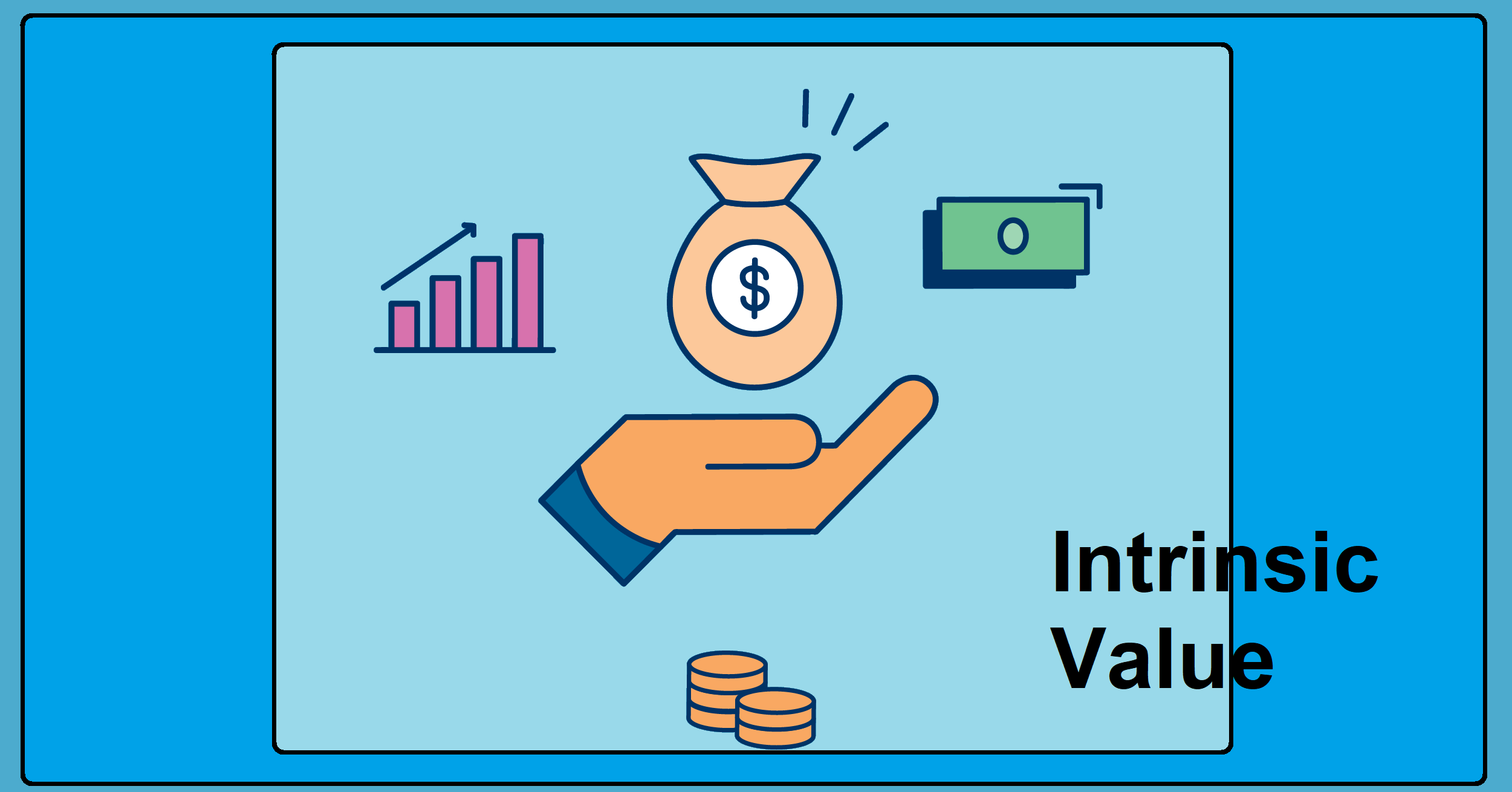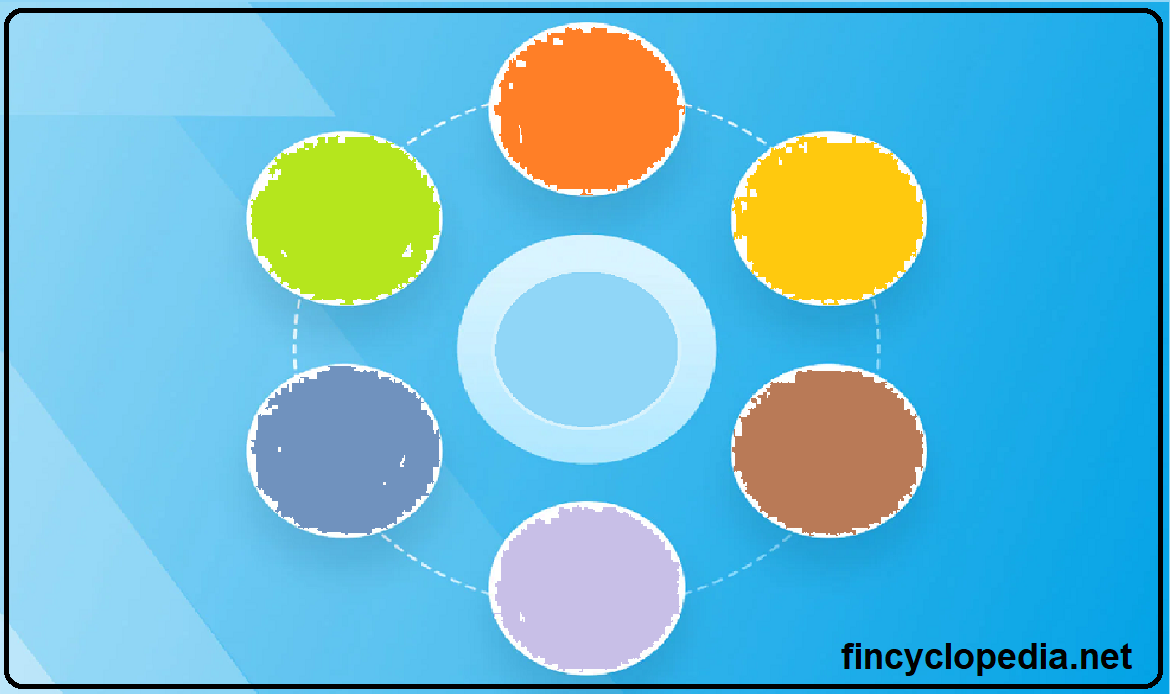A type of invoice finance in which the business seeking financing keeps control of its customer payments related to outstanding invoices. It is similar to factoring in terms of the process, but it involves an element of control over customer payments.
Under invoice discounting, a provider lends money to a company up to the value of its unpaid/ outstanding invoices. The company pays a fee and a discount charge (similar to interest) if it uses the funding, in a manner resembling a standard overdraft.
Invoice discounting gives a company access to the money in its accounts receivable ledger– unpaid customer invoices– earlier than expected or much faster. Instead of waiting for customers to settle their invoices, a company can obtain a short-term loan from an invoice discounting company (the provider). A provider lends up to a certain percentage (e.g., 95%) of the value of the invoices. Once an invoice is paid by a customer, the company pays back the loan extended in relation to that invoice.
Though invoice discounting belongs to the broader category of invoice financing, it is differs from invoice factoring in several aspects, such as confidentiality. In invoice discounting, customers do not know about their creditor company’s use of invoice discounting, whereas invoice factoring entails loss of confidentiality (as the customers’ invoices are re-assigned to a third party known as the factor, which takes place of the original creditor.)





